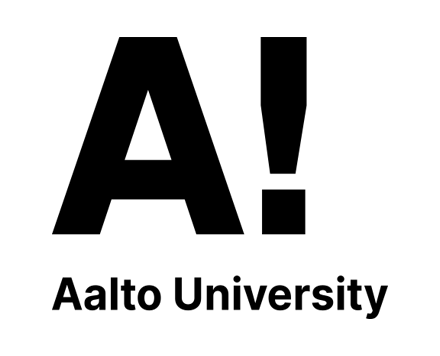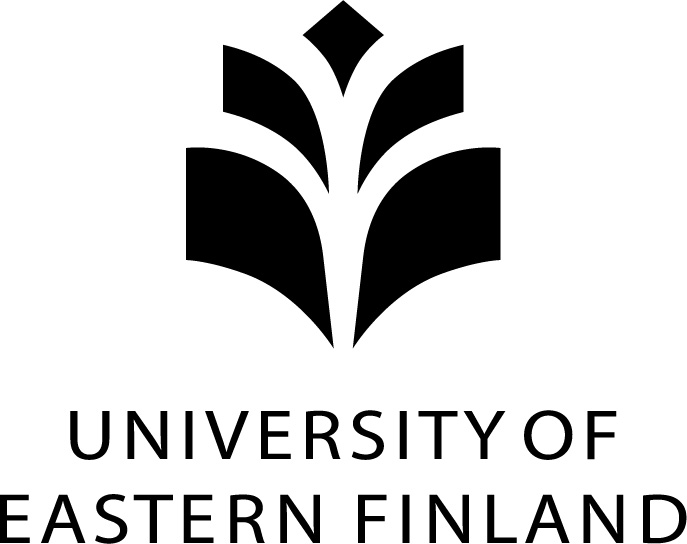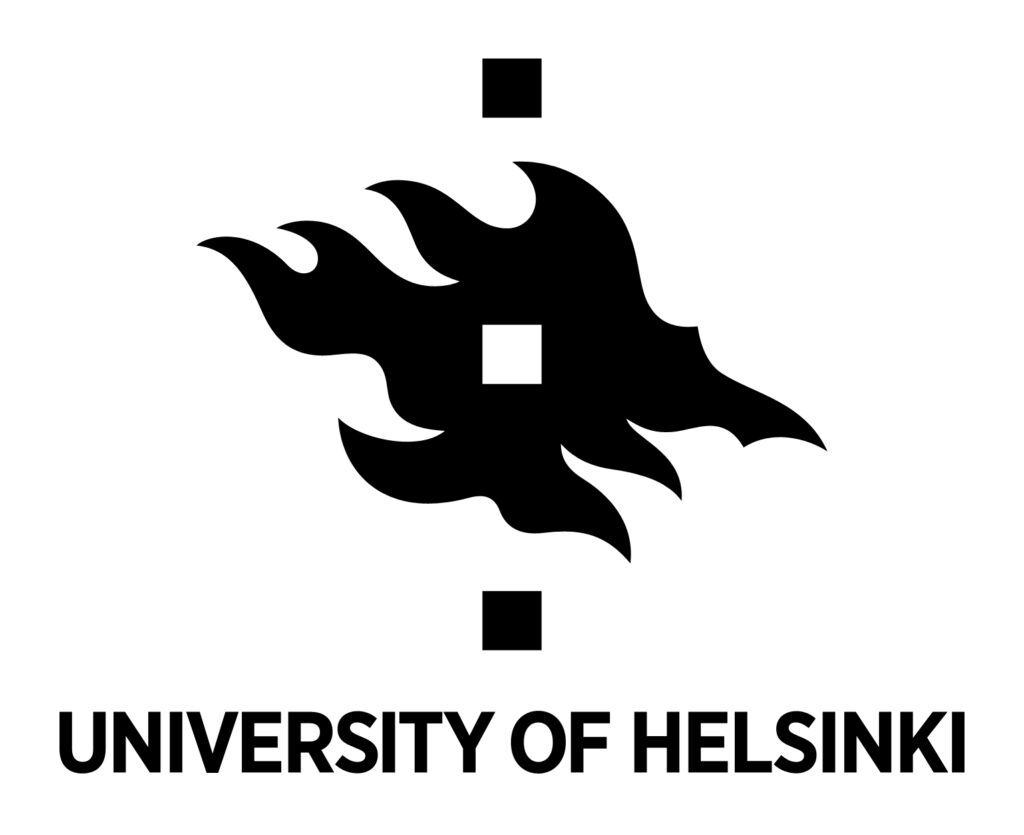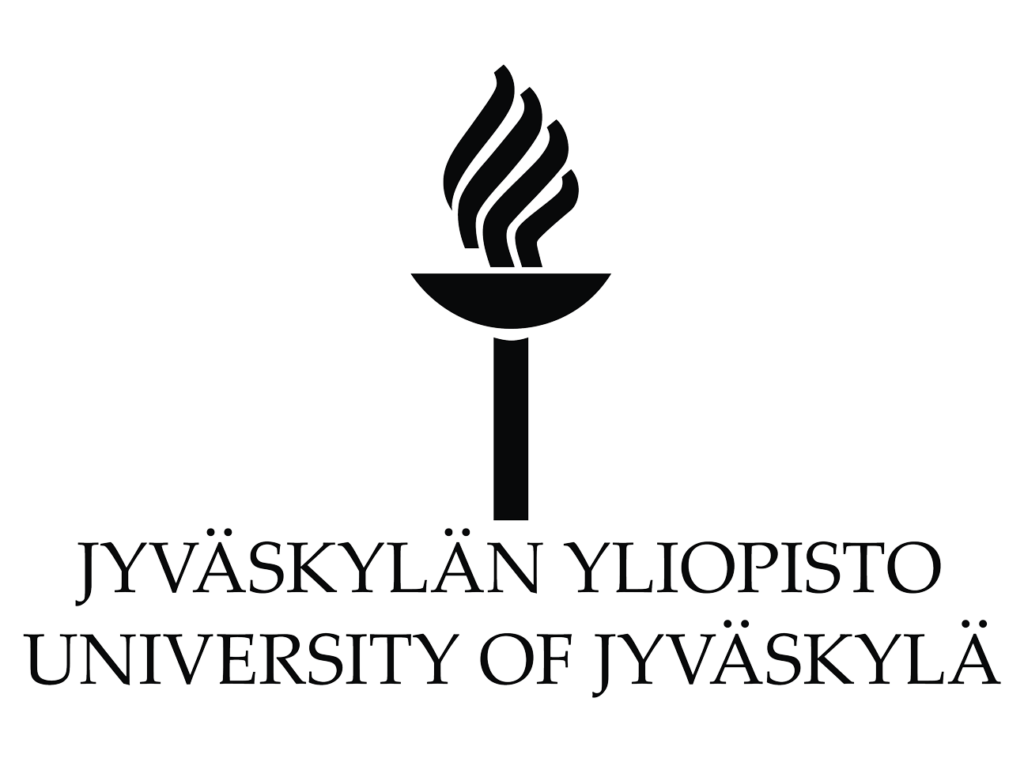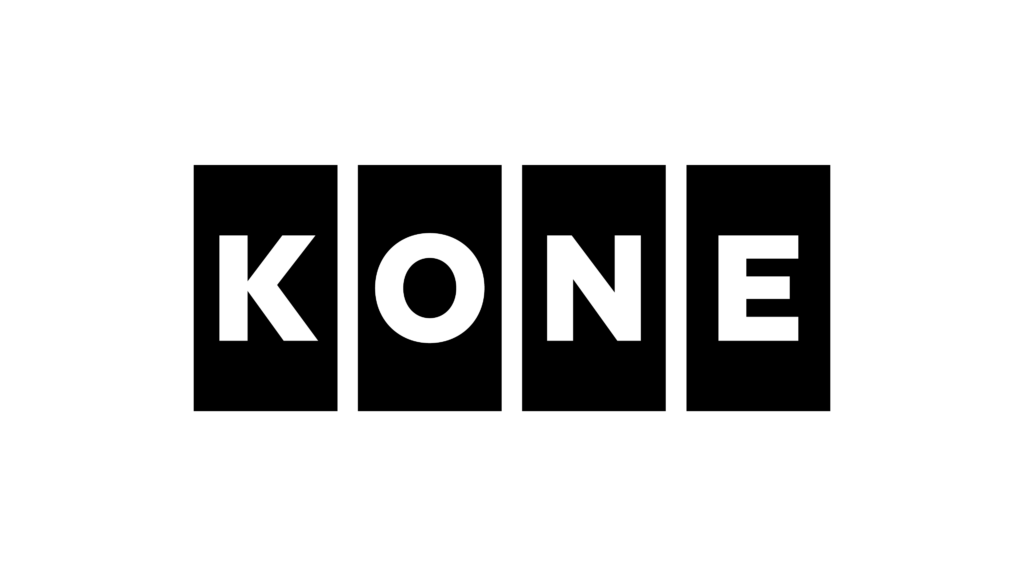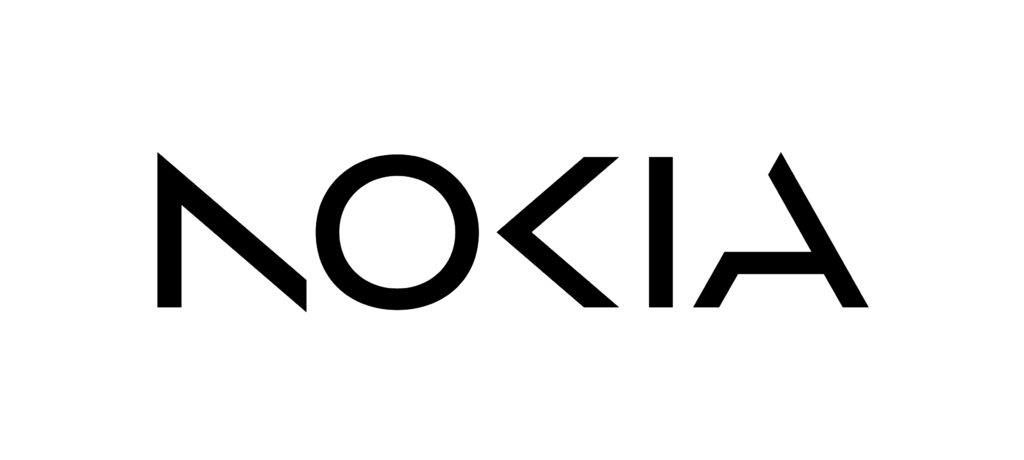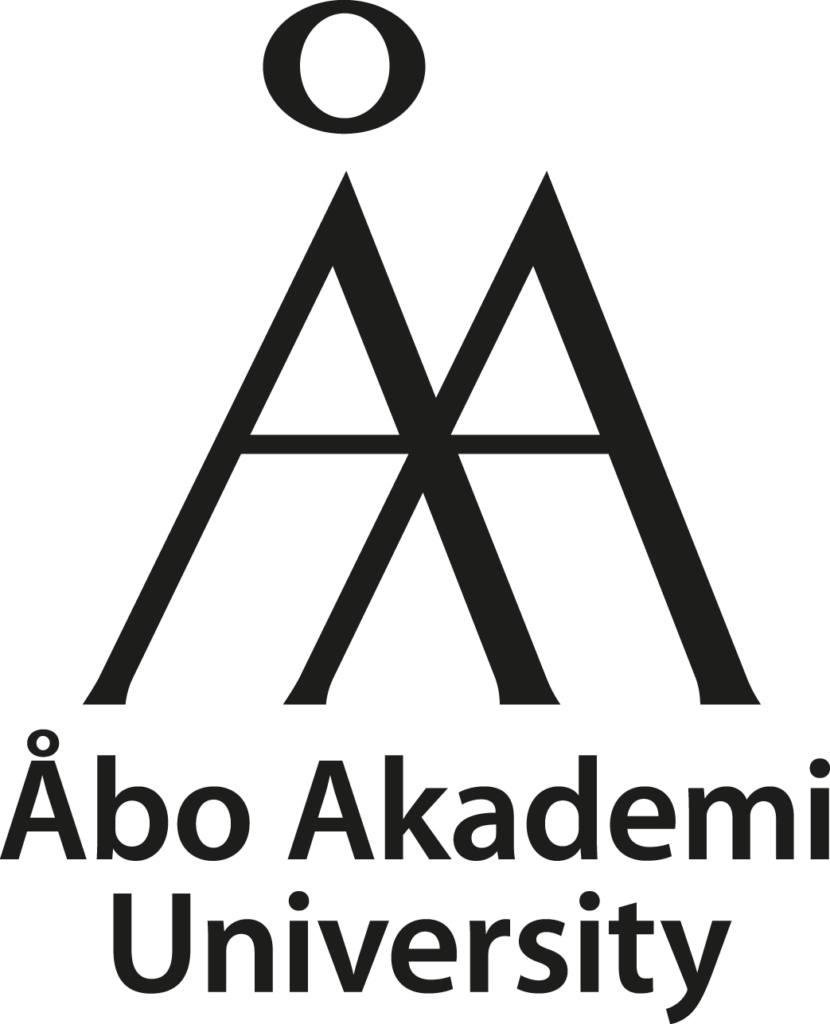The technology behind LEDs illuminates, cools and even finds cancer cells
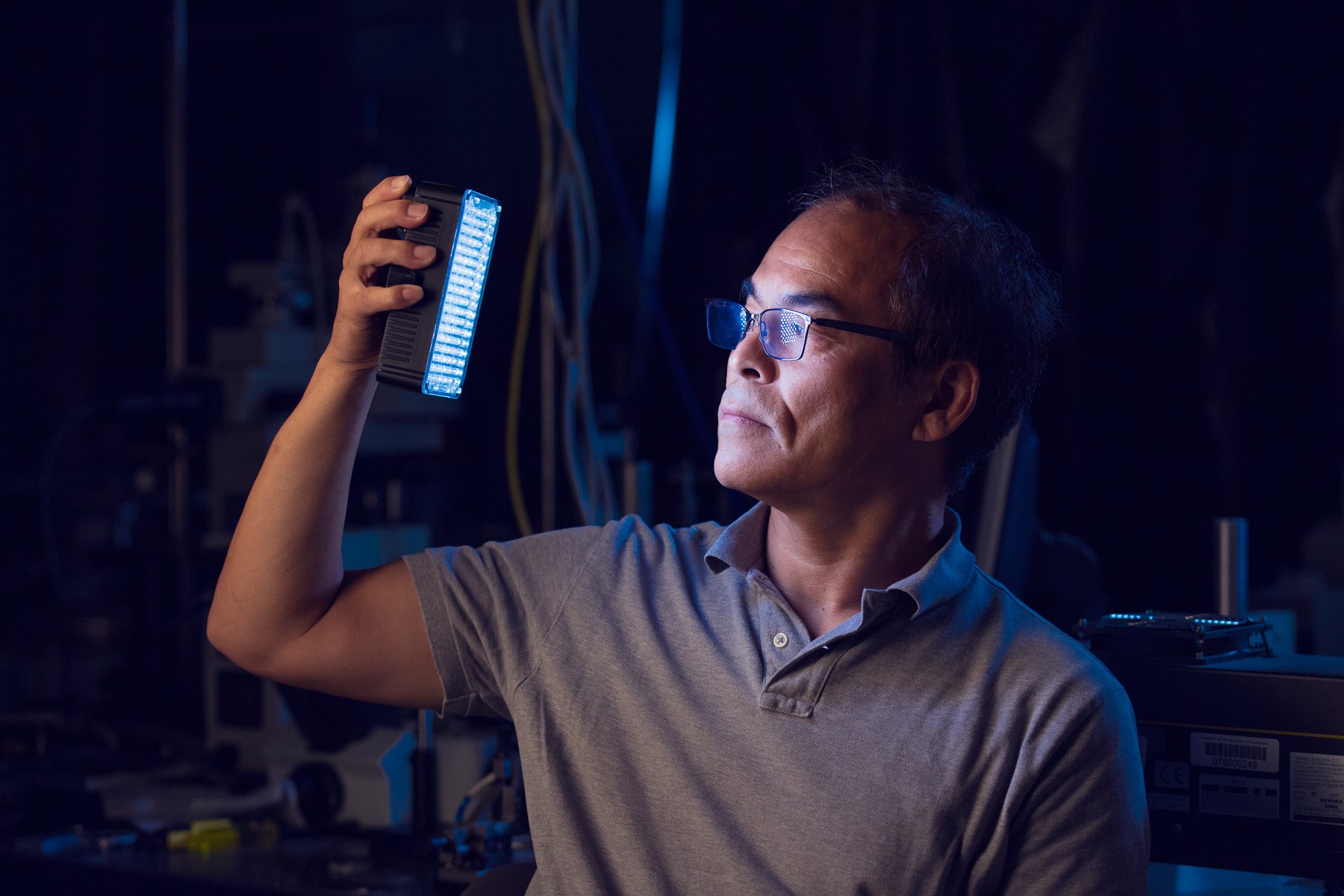
Shūji Nakamura, an American professor born in Japan, received the Millennium Technology Prize in 2006 for his work in developing LED technology. Thanks to his work, many of the devices around us in our everyday lives use blue, green and white LED lights as well as blue lasers. The invention of the blue LED light also earned him the Nobel Prize in Physics in 2014.
In connection with work for his doctoral thesis, Pyry Kivisaari worked as part of Nakamura’s research group at the University of California, Santa Barbara. He also has a joint publication with Nakamura from that time. Today, he is advancing research into photonics, the science of light generation, as an Academy of Finland Postdoctoral Researcher at Aalto University.
The photon is the quantum of the electromagnetic field. Visible light is made up of photons, as is all other electromagnetic radiation, which consists of radio waves, infrared radiation, ultraviolet radiation, X-rays and gamma rays.
“There have been two central pillars in my research career,” Kivisaari says.
“The first concerns basic research. I study the development of the theory and modelling of light-matter interactions in photonic components.”
“The second is research into technological solutions,” says Kivisaari, who studies photonics and optoelectronics.
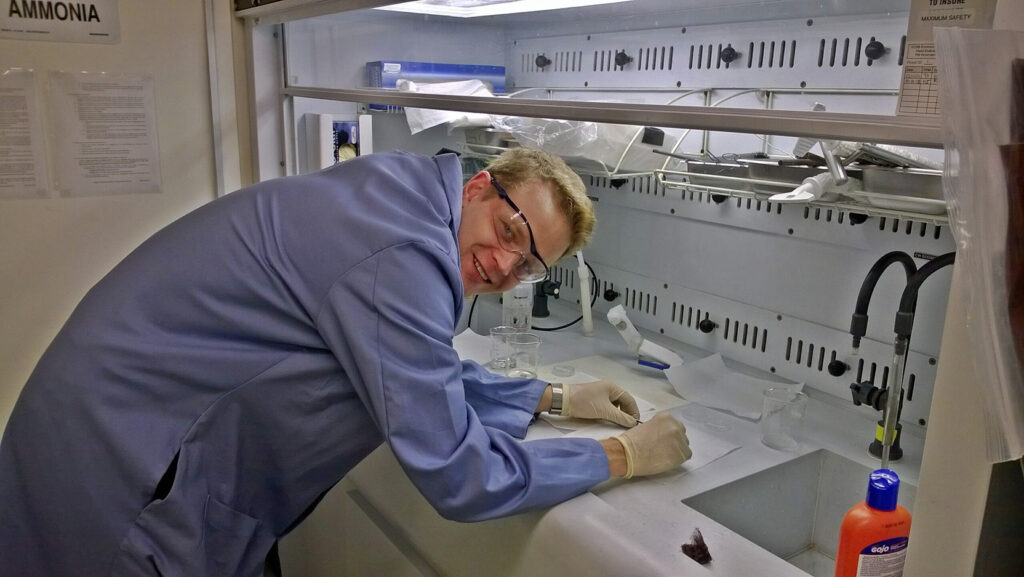
From electricity to light and from light to electricity
Broadly speaking, optoelectronics is the conversion of an electric current into light and back again in electronic devices. Optoelectronic solutions are everywhere around us.
Lasers are used in many home electronics. In industrial applications, lasers are used for many purposes, such as cutting, welding and coating. Lasers are also used to measure distances and speeds, as anyone who has received a speeding ticket can attest.
Almost all new lights are LED lights. New televisions and monitors often use LED technology. LED components are used very broadly in electronics.
Solar cells are quickly becoming the world’s most important energy production technology. According to the International Energy Agency (IEA), renewable energy sources are set to overtake coal as the most used energy production method within four years. Approximately 60 per cent of new renewable energy is solar power.
Though applications vary wildly, all these solutions are surprisingly similar in terms of their basic operating principles. LEDs utilise electroluminescence to emit light. This means that electric current is directed through a solid material that emits light as a result. Solar cells are roughly based on the same principle, only reversed. In solar cells, the photons hitting the semiconductor material cause it to generate an electric current.
Light efficiently replaces electric current
New areas of application are constantly emerging. Electric current is being partly replaced by light in an increasing number of devices. Where data is currently transmitted primarily using electric current, in the future, it will be increasingly transmitted using light.
“Using electric current results in much greater energy losses in comparison to light,” Kivisaari says, explaining the energy savings of using light.
As an example, approximately 40 per cent of a mobile phone’s electricity consumption results from transmitting data from one component to another, such as from the processor to the memory. If data is transmitted between the phone’s components using light instead of electric current, the device’s power consumption can be reduced significantly.
Due to these advantages in efficiency, fibre-optic cables around the world have been using light to transmit data for a long time. Without the fibre-optic cables connecting continents to each other and the associated fibre amplifiers, the Internet’s current enormous data transfer capacity would likely be impossible to achieve.
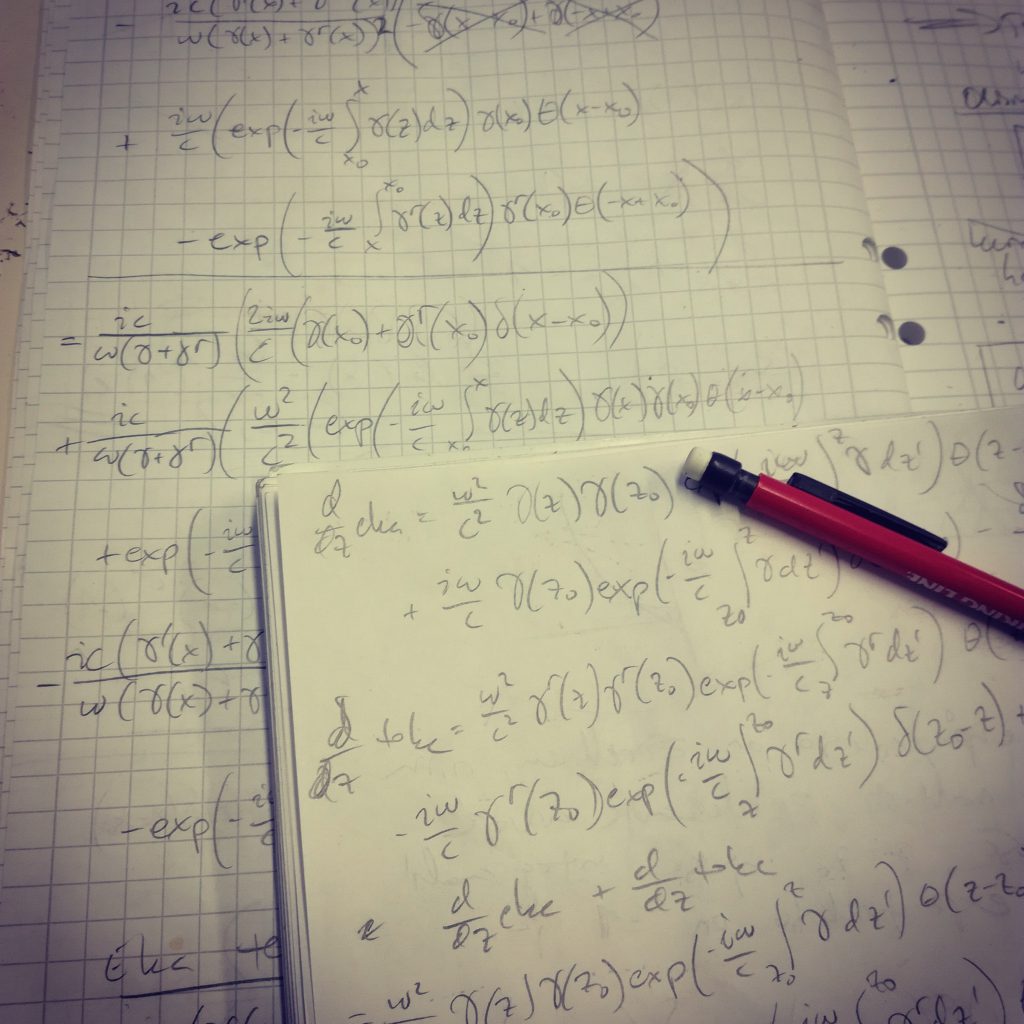
LEDs can be used for cooling or for finding cancer cells
The scope of application of LEDs is constantly expanding. LEDs are much more than simple electricity/light converters; theoretically, they are capable of continuous conversion between electricity, heat and optical energy. In theory, then, LEDs can be used for applications such as cooling. Pioneering basic research into these cooling solutions has been carried out at Aalto University over the past few years.
Researchers in the field are also excited about possible future applications of light inside the human body. For example, genetically modified cells that glow in a similar manner to glow-worms when they encounter cancer cells could be implanted into the body. New small and sensitive sensors could be used to detect the weak light inside the body. In this way, they could be used to help detect cancer cells at an early stage, increasing the effectiveness of treatment. Similarly, this method could also be used to find small areas of cancer tissue left over after treatment.
Kivisaari is grateful to the Academy of Finland for making his research possible. After completing his doctoral thesis, he conducted postdoctoral research at Lund University’s nanoscience research centre. Now, he is delving deeper into his subject at Aalto with a three-year funding package from the Academy.
“This gives me the opportunity to take the research forward in a way that lets me establish a research group at the next stage,” Kivisaari says.
Article main photo: Matt Perko, UCSB
See more from the related article Filling the World with Brilliant Light – Millennium Technology Prize (millenniumprize.org)

